Orbital decay
Introduction
Orbital decay is a process that occurs in space when the altitude of a satellite's orbit decreases over time. This is due to the drag produced by the atmosphere of the celestial body around which the satellite is orbiting, such as a planet or moon. Orbital decay can lead to the eventual re-entry and destruction of the satellite in the atmosphere of the celestial body. This phenomenon is of great interest in the fields of astronomy, astrophysics, and space exploration.

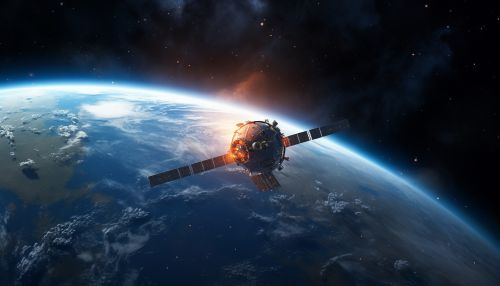
Causes of Orbital Decay
Orbital decay can be caused by several factors. The most common cause is atmospheric drag, which is the resistance experienced by a satellite as it moves through the atmosphere of a celestial body. This drag force gradually reduces the satellite's velocity, causing it to descend into lower orbits until it eventually re-enters the atmosphere and burns up.
Another cause of orbital decay is gravitational radiation, a concept predicted by Einstein's theory of general relativity. Gravitational radiation is emitted by objects in orbit around each other, causing them to lose energy and gradually spiral inwards. This effect is very small for most astronomical objects, but it can be significant for objects of extreme mass and density, such as neutron stars and black holes.
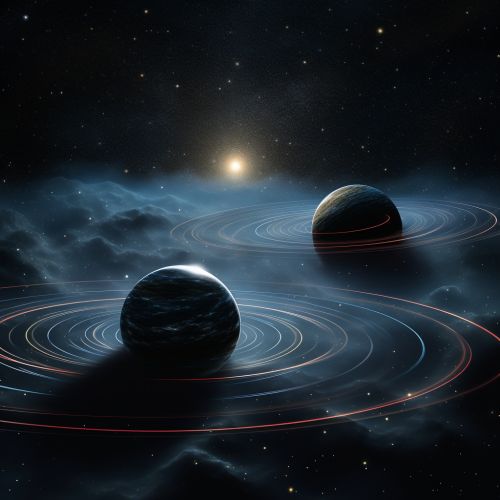

Effects of Orbital Decay
The effects of orbital decay can be significant, particularly for satellites in low Earth orbit. As a satellite's orbit decays, it will gradually descend into denser regions of the Earth's atmosphere. This increases the atmospheric drag on the satellite, causing it to slow down and descend even faster. Eventually, the satellite will re-enter the Earth's atmosphere and burn up.
Orbital decay can also have significant effects on the orbits of celestial bodies. For example, the Moon is gradually moving away from the Earth due to the transfer of angular momentum from the Earth's rotation to the Moon's orbit. However, if the Moon were closer to the Earth, tidal friction would cause its orbit to decay, eventually leading to a collision with the Earth.

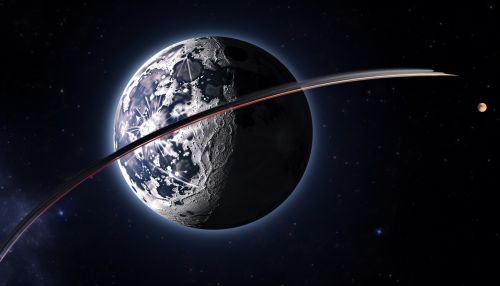
Mitigation of Orbital Decay
There are several methods that can be used to mitigate the effects of orbital decay. One common method is to periodically boost the satellite's altitude using onboard propulsion systems. This is known as orbital station-keeping.
Another method is to design the satellite to have a low drag coefficient, which reduces the effect of atmospheric drag. This can be achieved by making the satellite as small and lightweight as possible, and by shaping it to minimize air resistance.
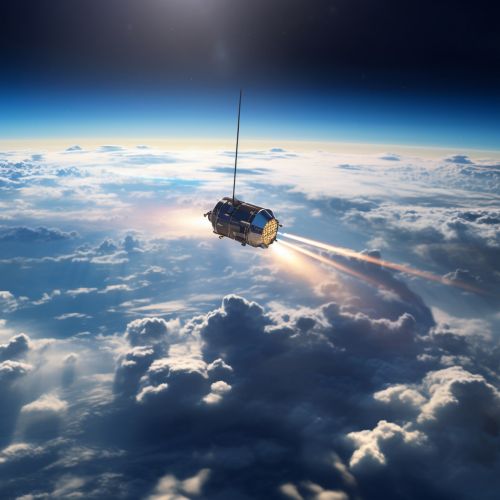
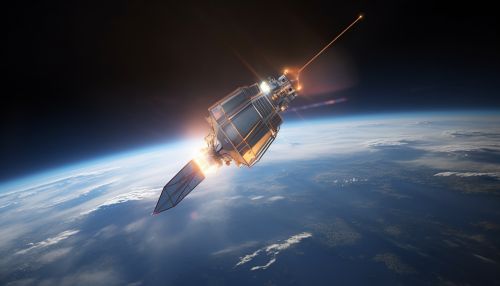
Conclusion
Orbital decay is a significant phenomenon in the field of space exploration. It is a major factor in the lifespan of satellites, and it can also have significant effects on the orbits of celestial bodies. Understanding and mitigating the effects of orbital decay is therefore of great importance in the continued exploration and utilization of space.
